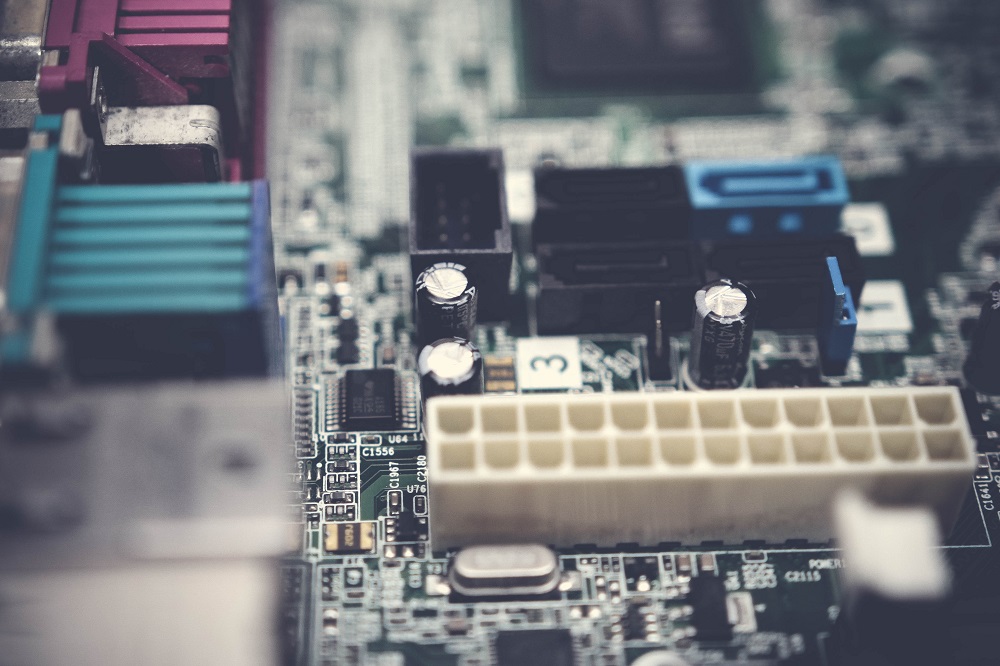- All
- Product Name
- Product Keyword
- Product Model
- Product Summary
- Product Description
- Multi Field Search
Views: 85 Author: Site Editor Publish Time: 2023-12-05 Origin: Site
Terminal block technology has had a significant impact on the telecommunications industry. Terminal blocks are widely used in telecommunications applications to provide secure and reliable connections for signal and power transmission. They are essential for establishing reliable connections between network components, such as servers, switches, routers, and other equipment, and for connecting the wiring to these components.
Improved signal integrity: Terminal blocks provide a high level of signal integrity, ensuring that signals are transmitted without interference or noise. They provide a secure and reliable connection that helps to prevent signal degradation or loss, resulting in better overall system performance.
Ease of installation: Terminal blocks are easy to install, even in complex telecommunications systems. They simplify the wiring process, reducing installation time and costs, and ensuring that the system is up and running as quickly as possible.
Scalability: Terminal blocks can be used in large-scale telecommunications systems, making them highly scalable. They can be easily added or removed from the system without affecting the overall performance of the network, making them ideal for growing telecommunications companies.

Flexibility: Terminal blocks are highly flexible and can be used in a wide range of telecommunications applications. They can be used in both analog and digital systems and can support various types of signals, including voice, data, and video.
Improved safety: Terminal blocks help to improve safety in telecommunications systems by providing secure and reliable connections. They reduce the risk of electrical hazards, such as short circuits or electrical arcing, ensuring that the network operates safely and reliably.
Reduced maintenance costs: Terminal blocks require minimal maintenance, reducing maintenance costs over the life of the telecommunications system. They are highly reliable and durable, ensuring that they continue to function correctly for extended periods without requiring replacement or repair.
Standardization: The telecommunications industry has adopted standard terminal block configurations, making them interchangeable between different manufacturers and ensuring compatibility between different equipment types. This standardization has simplified the selection and use of terminal blocks in telecommunications systems.
In conclusion, terminal block technology has had a significant impact on the telecommunications industry. Terminal blocks provide reliable and secure connections for signal and power transmission, simplifying the installation process, improving system performance, and reducing maintenance costs. They are highly flexible, scalable, and compatible with various types of signals, making them ideal for telecommunications applications. As the telecommunications industry continues to evolve, terminal block technology will remain a critical component in building reliable and efficient networks.
A terminal block is a compact, insulated base with metal contacts that lets you clamp, join, and distribute conductors without soldering. If you’ve ever routed power to a drive, brought sensor leads into a controller, or handed off field wiring to a PCB, you’ve used one. Understanding what is a term
As a Engineer ,It is very important to choose globally recognized premium terminal blocks .these manufacturersas below: Phoenix Contact, WAGO, Weidmüller, Eaton, Molex, Amphenol, Harting, and Shanye Electronics (subsidiary of Kefa Electronics). These industry leaders collectively dominate the $4.6
This article covers the technical features of spring-loaded and push-in terminals, and both the advantages and disadvantages of these technologies when it comes to installation practices, commissioning, footprint and authorisation for the North American market. Why do we need spring terminal block ?
Wiring a terminal block correctly is a fundamental skill in electrical work, ensuring safe and reliable connections. This article will help you to understand the essential steps, from preparing your wires to securing them properly within various terminal block types.ContentWhat are Terminal Blocks?R
What is terminal block ?terminal block, also known as a connection terminal, is a modular block used in electrical and electronics systems to connect and secure electrical wires or cables. It serves as a convenient and organized way to make electrical connections, whether for power distribution, sig
Terminal electronics is the key point at which a conductor from a electronic component, device or network comes to an end.Terminal may also refer to an electrical connector at this endpoint, acting as the reusable interface to a conductor and creating a point where external circuits can be connected